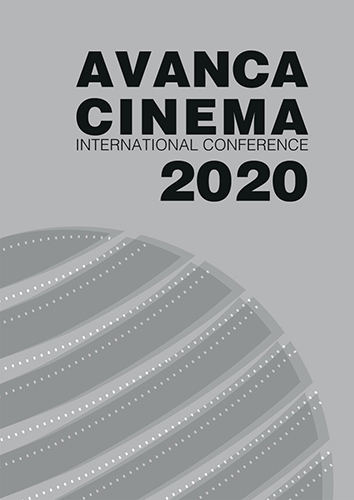Chapitre III _ Cinéma - Communication
Design & cinema: A timeline of graphic design in film
Résumé
Graphic design elements have always been part of cinema’s hybrid language, as a material of expression manifested through the visual channel, together with the filmed image. The graphic language is present throughout an entire filmic narrative, from the choice of verbal, pictorial and schematic elements in titles and animations, to the creation (and curation) of printed or handmade graphic props, signage and logos filmed by the camera. Together, they form a movie’s graphic identity, which aids in conveying meaning to the narrative as well as bringing a dynamic and authentic storytelling.
This paper intends to present a timeline of graphic design in film by pointing out the technological milestones that shaped cinema’s development, directly influencing the emergence and disappearance of graphic configurations – which became more complex with time and affected the roles designers acquired in the film industry. By focusing mainly on examples from Hollywood’s contemporary cinema, the paper aims to show how the graphic language in films developed as an impact of technology reflected in society, which also leads to the identification of the three main functions acquired by the graphic language in narrative films nowadays.

Ce travail est disponible sous la licence Creative Commons Attribution 4.0 International .

